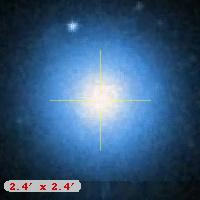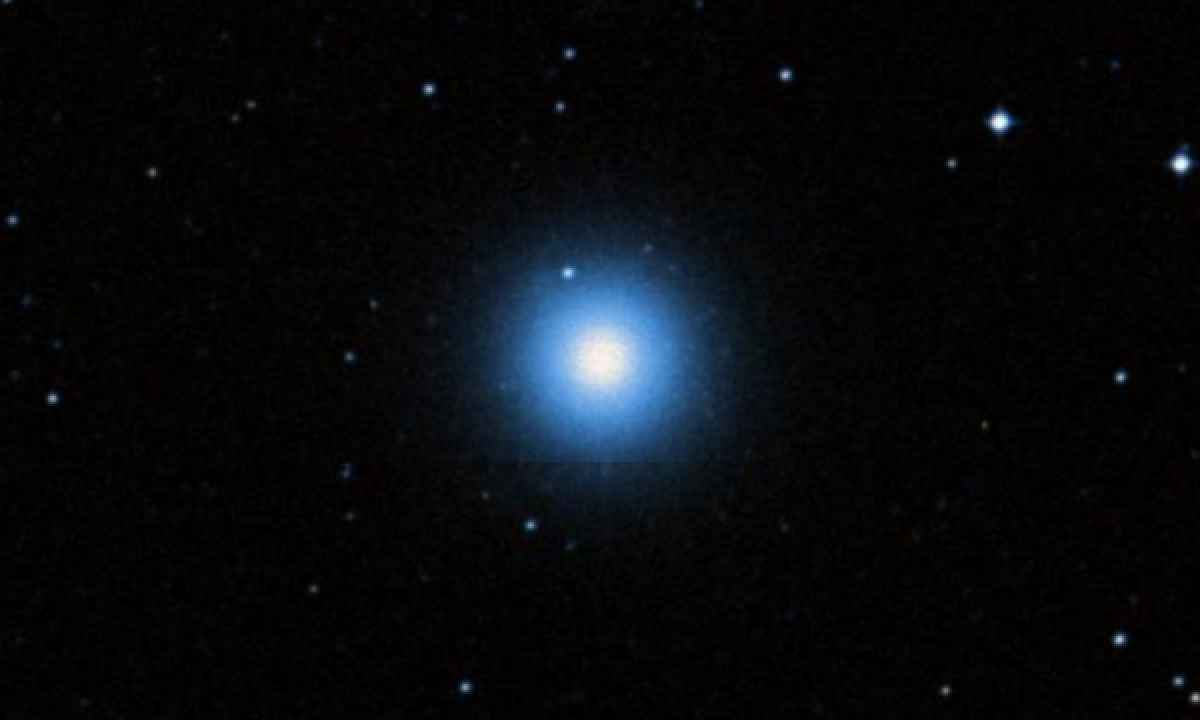The New General Catalogue of Nebulae and Clusters of Stars (abbreviated as NGC) is a catalogue of deep-sky objects compiled by John Louis Emil Dreyer in 1888. The NGC contains 7,840 objects, known as the NGC objects. It is one of the largest comprehensive catalogues, as it includes all types of deep space objects, including galaxies, star clusters, emission nebulae and absorption nebulae.
Know more about NGC
NGC 1379

NGC 1379 is a low-luminosity elliptical galaxy in the southern constellation Fornax. It was discovered by William Herschel on December 25, 1835. At a distance of 60 million light-years, it is one of the closer members of the Fornax Cluster. It is located about 24' from the central galaxy, NGC 1399. NGC 1387 is the closest galaxy, and it is in the foreground of NGC 1379. Both are located in central part of the Fornax Cluster. NGC 1379 has a Hubble classification of E0. It is also an early-type galaxy, like most other elliptical galaxies in the Fornax Cluster. Its size on the night sky is 2.6' x 2.5' which is, combined with the estimated distance, proportional to its real size of 50,000 light-years. Despite their name, early-type galaxies are much older than spiral galaxies, and mostly comprise old, red-colored stars. Very little star formation occurs in these galaxies; the lack of star formation in elliptical galaxies appears to start at the center and then slowly propagates outward. It is rich with globular cluster, with an estimated number of clusters of 406 ± 81. There are blue and red globular clusters, although red globulars are more populous than blue ones. This trend is also seen in NGC 1374, and in NGC 1387, which have only a small fraction of blue globular clusters. This galaxy has an almost equal number of red and blue. These globular clusters, like globulars in NGC 1374 and NGC 1387, do not show any evidence of multiple populations.
More Images:

Sources:
Wikipedia Page: NGC 1379
NGC 1379 at In-The-Sky website
